Stop and Smell the Rosemary: Farmers Market Guide to Fresh Herbs
May 26, 2022
As you walk through the spring farmers market, it’s impossible to avoid the smell of freshly cut herbs, awakening the senses: basil, cilantro, lavender, mint, and more. While in the winter we tend to rely on dried herbs or hardy perennials like rosemary, sage, and thyme, the onset of warm weather ushers in a bounty of fresh herbs to add extra flavor and aroma to our farmers market creations. The term “herb” usually refers to the fragrant leafy part of a plant that is used to flavor foods, but often the plant’s flowers can also be used to add that special touch to any dish.
Here is a brief guide to some of the most common herbs you’ll find at the farmers market. For additional tips on how to use and store your fresh herbs to avoid food waste, check out Getting Fresh with Herbs.

Basil: One of the oldest and most popular herbs, basil is a fragrant summer plant that can be used as a seasoning or main ingredient in a wide variety of dishes, pairing especially well with tomatoes. There are more than 60 varieties, including sweet basil, lemon basil, Thai basil, and purple basil.
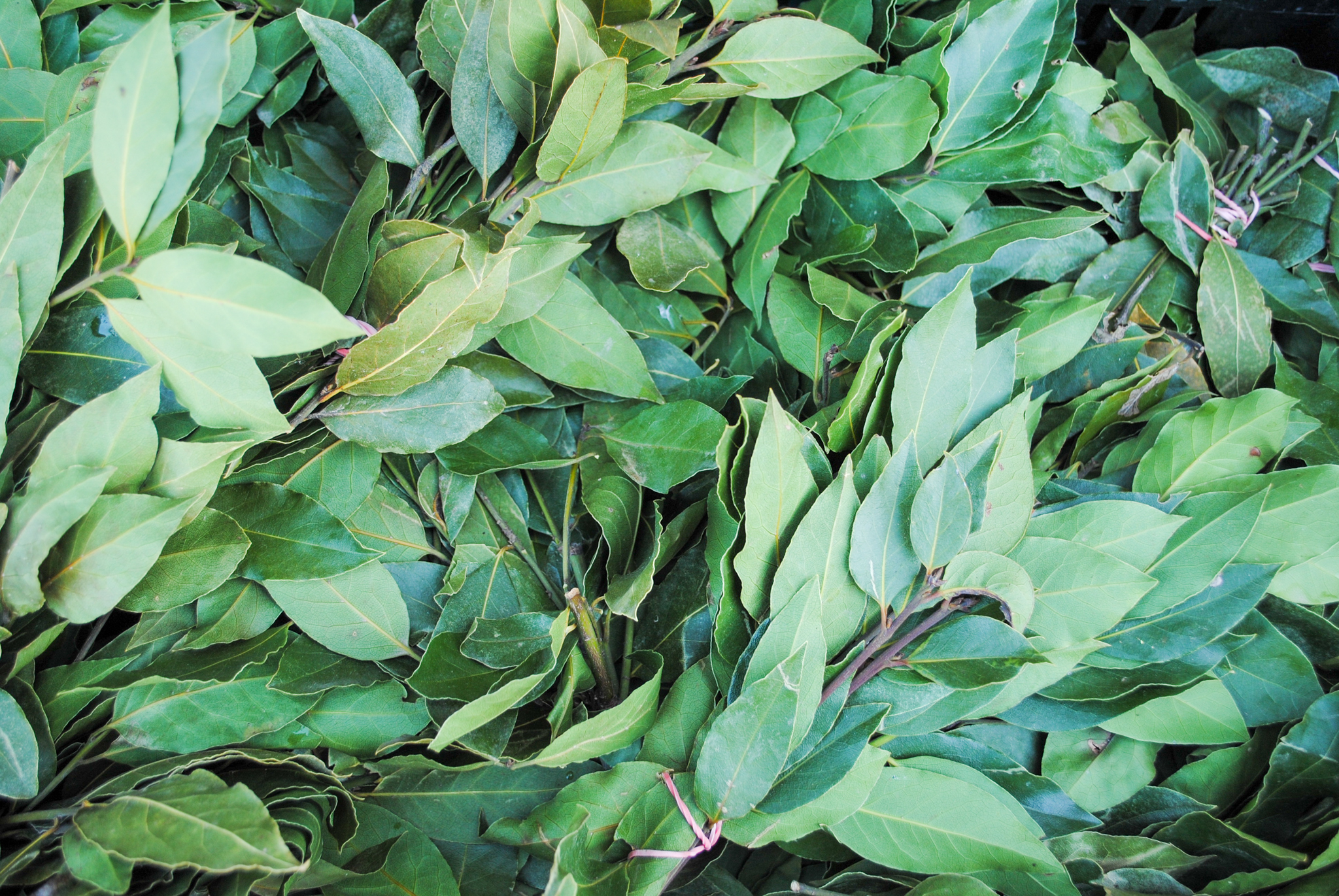
Bay leaves: Used either fresh or dried, this aromatic leaf of the bay laurel tree adds a slightly floral note to a wide range of dishes. The full flavor and fragrance of the bay leaf is best articulated in dishes that require longer cooking times, like soups and stews. Discard the leaf before serving.

Cilantro: Also known as coriander, cilantro is commonly chopped fresh and added to salads, salsa, and guacamole, contributing a bright, citrusy note to spicy dishes, though some consider its flavor “soapy.” High in antioxidants and vitamins A, C, and K, cilantro has been recognized for its anti-cancer properties.
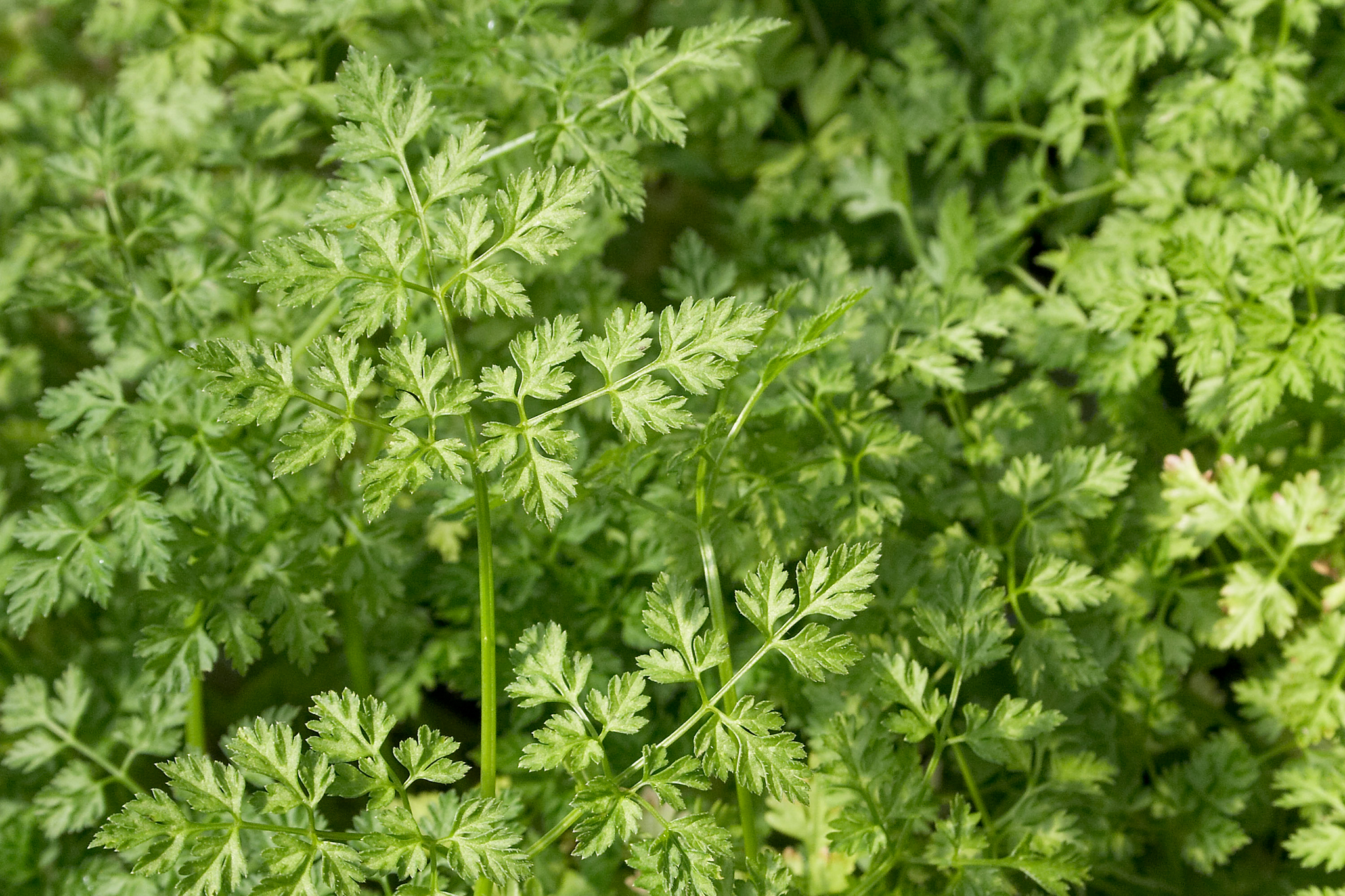
Chervil: Popular in French cuisine, chervil is often used to season poultry, seafood, and vegetables. More delicate than parsley, chervil tastes faintly of licorice or aniseed.
Chives: Chives are the smallest species of edible onions. The herb’s scapes, or stems, can be finely chopped and added to soups, fish, potatoes, and other savory dishes. Chive blossoms, the delicate violet flowers that bloom in the spring, can be used as a garnish.
Dill: With its fragrant and feathery green leaves, dill imparts a zing to soups, salads, fish, poultry, and of course, pickles. Dill leaves can be used as a culinary herb, while dill seeds are often used as a spice, with a flavor similar to caraway.
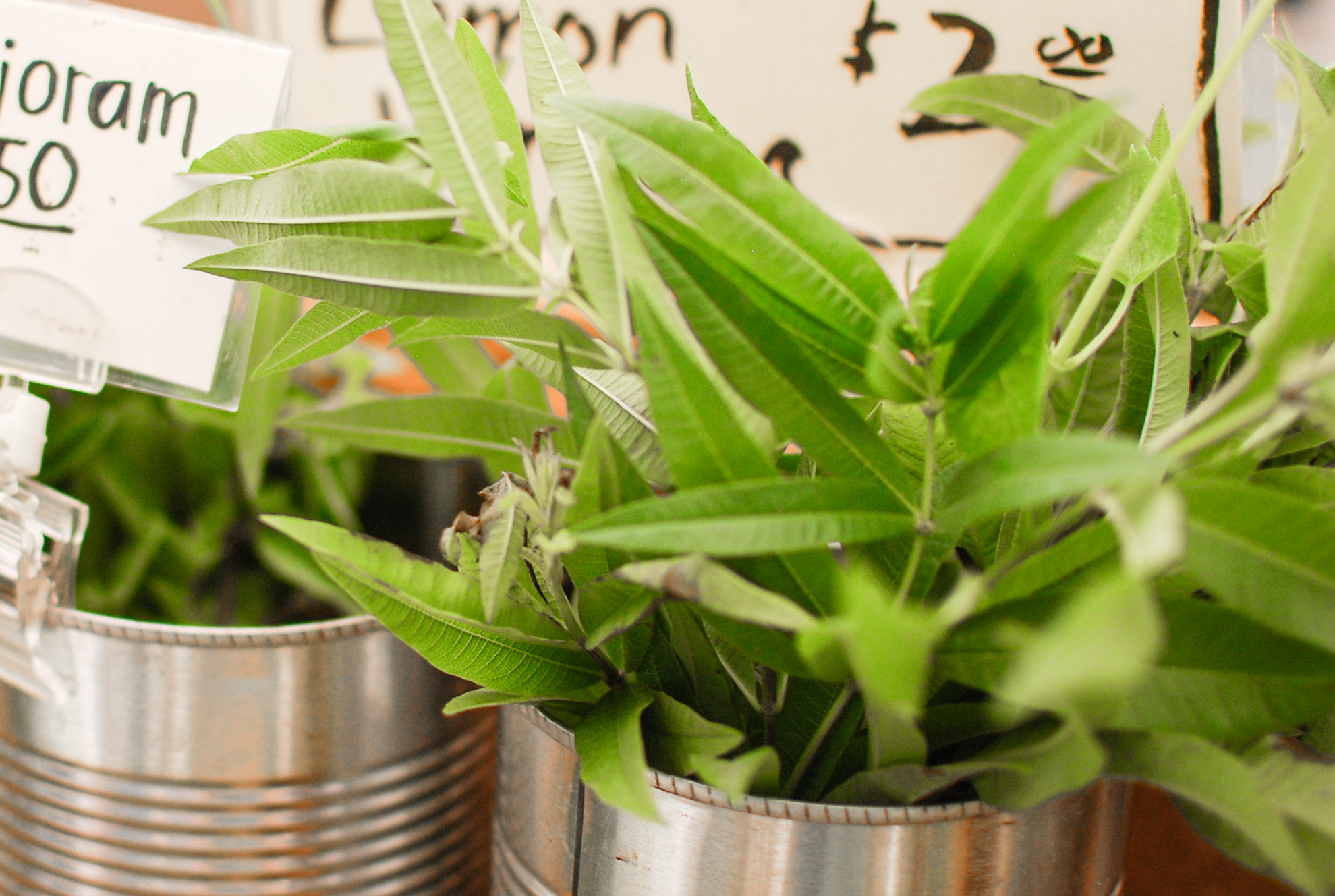
Lemon verbena: Lemon verbena adds a light, lemony flavor to a variety of dishes, from fish and poultry to sorbets and jams. It is often used in herbal teas and aids in digestion.
Mint: Aromatic and fresh with a cool aftertaste, mint leaves are often used in savory and sweet jellies, syrups, candies, teas, cocktails, and ice cream. Spearmint and peppermint are the most common varieties, but there are many other cultivars, including grapefruit, pineapple, and chocolate.
Oregano: This warm, pungent herb compliments poultry, meat, stuffing, and Italian dishes. One of the healthiest herbs available, oregano is rich in omega-3 fatty acids and minerals such as iron and manganese, and contains four times more antioxidants per gram than blueberries.
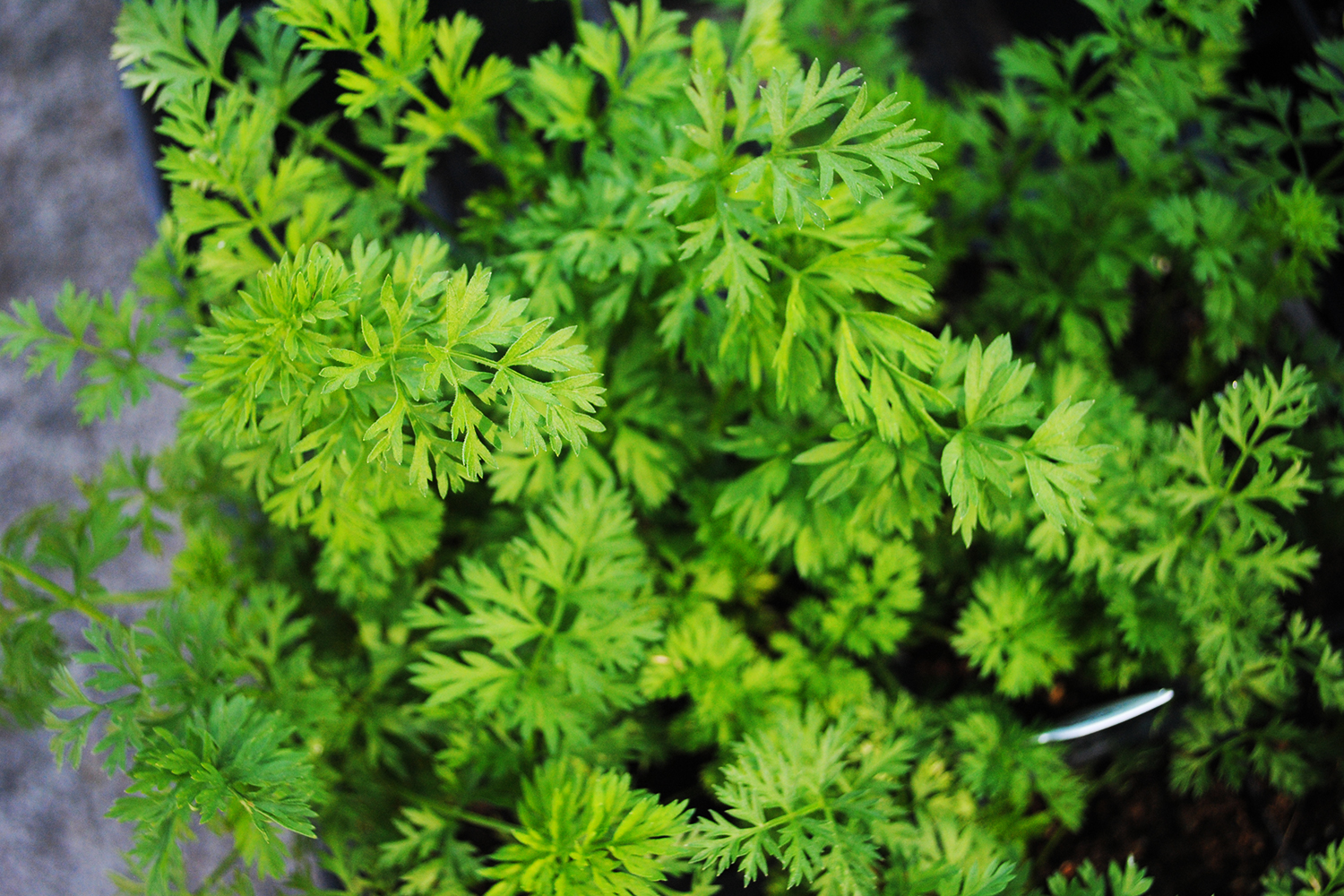
Parsley: Often used as a garnish, parsley is a refreshing, vibrant herb that is a distant cousin to celery. The two main types of parsley are curly leaf and flat (or Italian) leaf. The curly leaf variety is most often used decoratively as a garnish, while flat leaf parsley is used for its slightly stronger flavor.

Rosemary: A robust perennial herb with leaves that resemble pine needles, rosemary compliments a wide variety of dishes, including meat (specifically lamb), roasted potatoes, risotto, and pasta sauce. Recent studies show that the aroma improves memory, attention, and other cognitive skills.

Savory: There are about 30 species of herbs known as savories, of which summer savory and winter savory are the most common. Both add a bold, peppery flavor to poultry, pork, and meat.
Sage: Favored by the ancient Greeks and Romans for its culinary and medicinal properties, sage is a shrubby herb with pale green leaves and a slightly peppery flavor. With a fragrance similar to eucalyptus and a taste somewhere between citrus and thyme, sage compliments foods that are savory, starchy, and sweet.
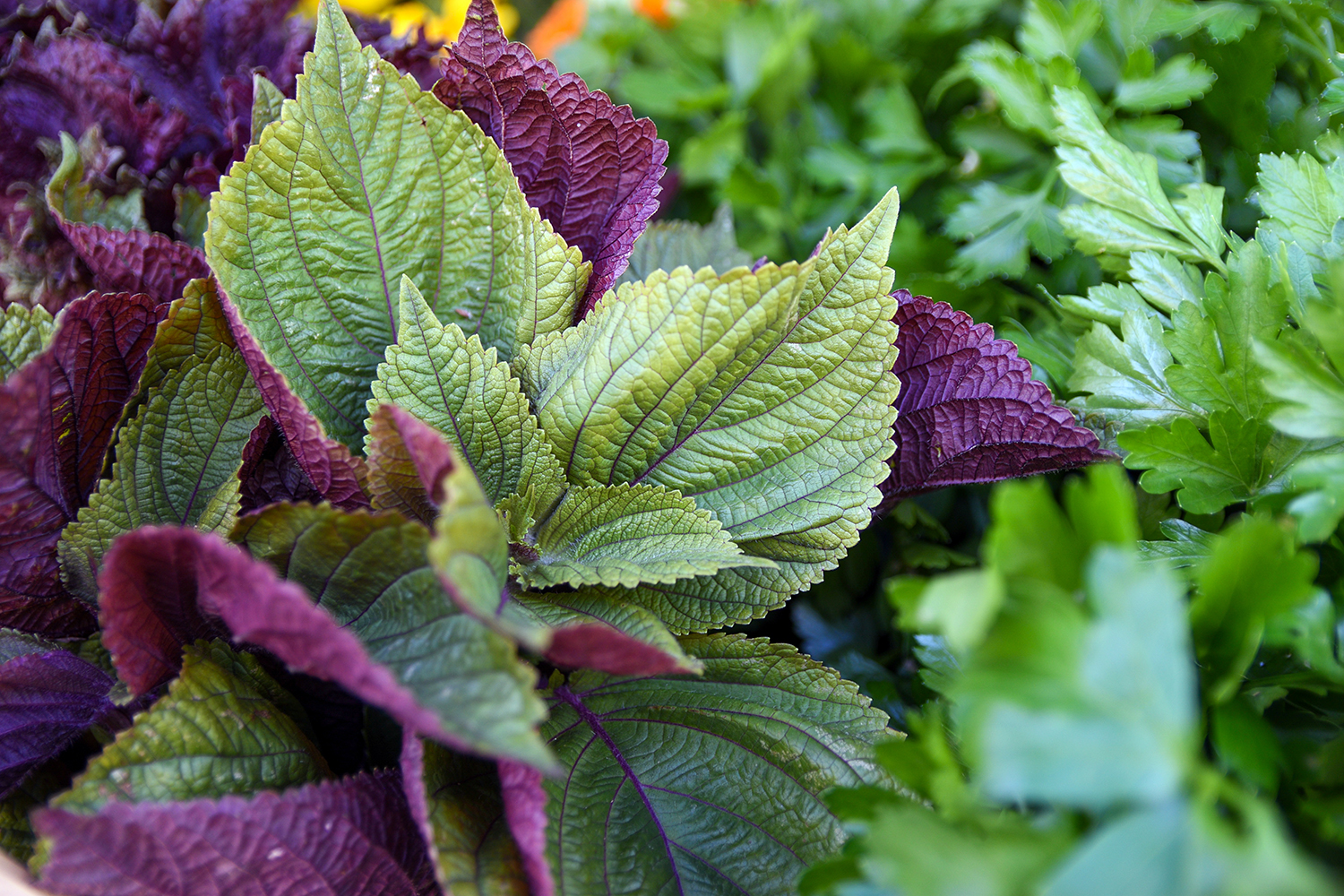
Shiso: Shiso, or perilla, is a member of the mint family, most commonly used in Japanese cuisine. With its cinnamon and lemon flavor, this light, refreshing herb is often paired with sushi, sashimi, and fried rice. It is also commonly featured in tea.
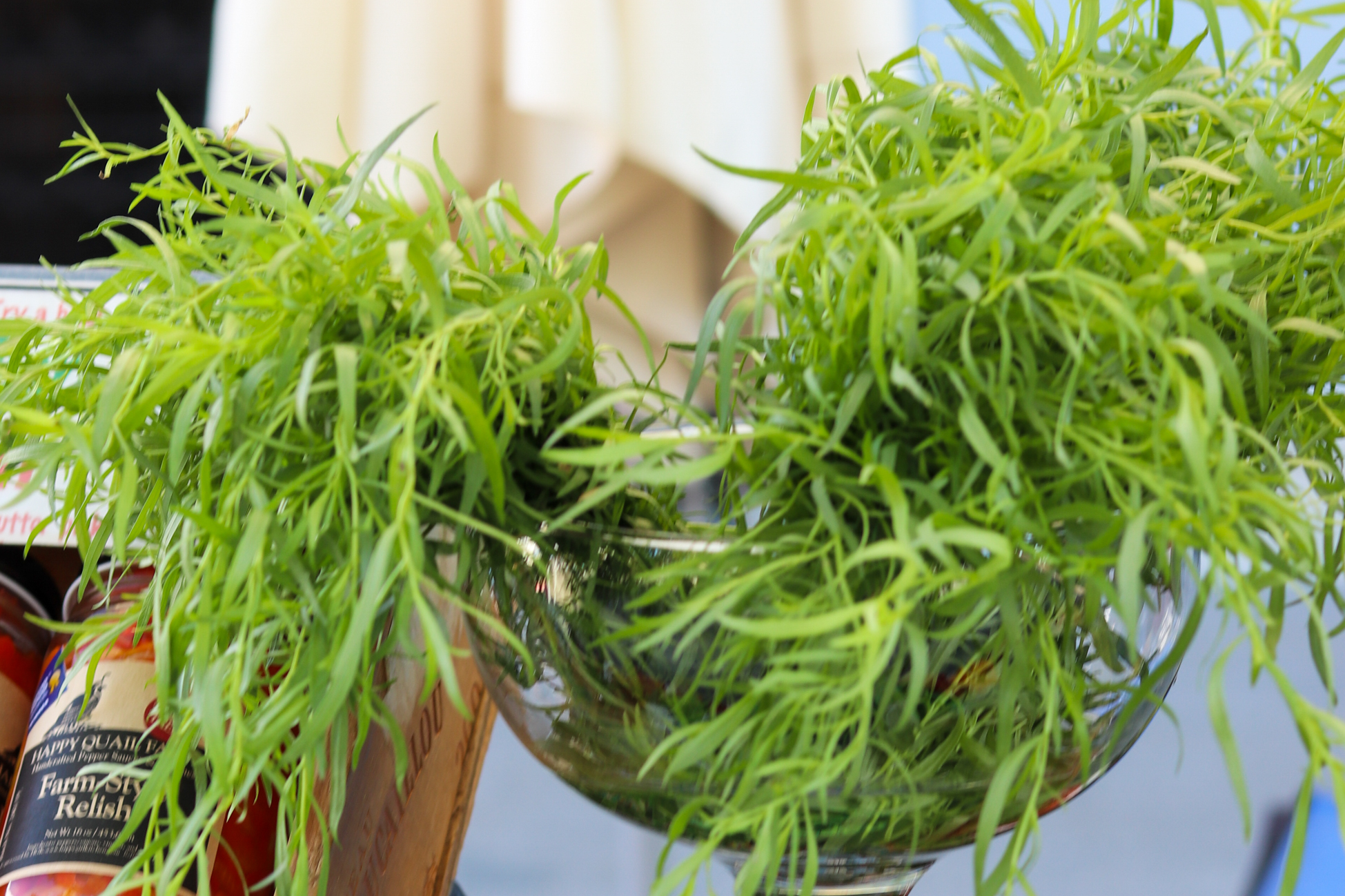
Tarragon: A fragrant, leafy, and delicate soft herb, tarragon is similar in flavor to anise and pepper. One of the most popular herbs in French cuisine, it is often used to season poultry, fish, and egg dishes, and is one of the main herbs in Béarnaise sauce.

Thyme: This member of the mint family is one of the most versatile culinary herbs. Common in French cuisine, thyme adds an elegant lemony, minty, and peppery flavor to soups, stews, roasted meats, pasta sauces, and eggs. Its oil contains thymol, a natural antiseptic.
Thanks to Foodwise volunteer Jennifer Fleischer for her help in creating his guide.
Topics: Culinary, Farmers market, Produce guides
